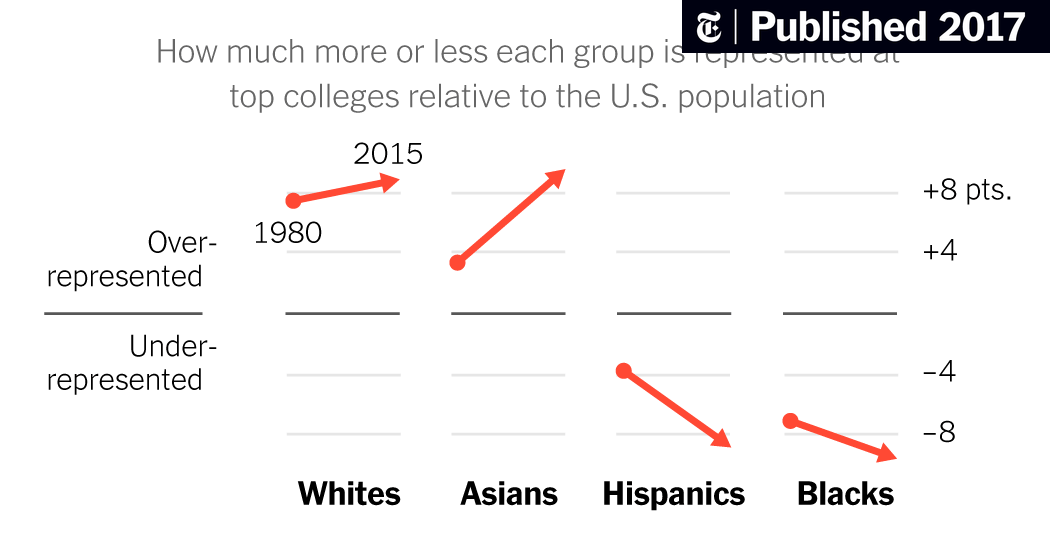OriginalGatorHater
Sophomore
- Joined
- Jan 14, 2018
- Messages
- 16,956
So according to http://www.ncaa.org/about/resources/research/first-their-family Only 25% of football players are the 1st in their family to go to college. I remember watching the U doc and Johnson was talking about how almost all the kids were 1st gen.
What has changed in the past 30 years that has lead teams to go after more middle class kids as opposed to kids from the slums/projects/hood? Are these kids not able to afford to play in Optimus leagues so they end up at a massive technical disadvantage when they get to HS? Are they just to small from poor nutrition? Are they at a massive disadvantage because their parents cant' afford to hire extra coaching or pay for gym memberships? It seems like most of these lower income kids end up at D2 or D3 schools. Are these kids from the hood really paying to go to D3 schools?
I remember when I was in HS it was the same thing as Jimmy was saying. Our basketball team was loaded with kids from the projects.
What has changed in the past 30 years that has lead teams to go after more middle class kids as opposed to kids from the slums/projects/hood? Are these kids not able to afford to play in Optimus leagues so they end up at a massive technical disadvantage when they get to HS? Are they just to small from poor nutrition? Are they at a massive disadvantage because their parents cant' afford to hire extra coaching or pay for gym memberships? It seems like most of these lower income kids end up at D2 or D3 schools. Are these kids from the hood really paying to go to D3 schools?
I remember when I was in HS it was the same thing as Jimmy was saying. Our basketball team was loaded with kids from the projects.
